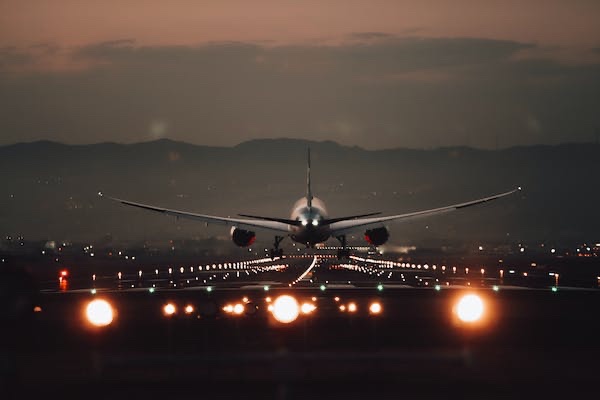
Runway Lights
Runway lights are an essential component of any airport, ensuring the safe takeoff and landing of aircraft day and night. These luminous beacons play a pivotal role in guiding pilots and ground crews, providing crucial information to maintain the safety and efficiency of air travel. In this blog, we will delve into the fascinating world of runway lights, exploring their types, functions, and the critical role they play in aviation.
- Types of Runway Lights
There are several types of runway lights, each serving a specific purpose:
a. Threshold Lights: Located at the beginning of the runway, these lights mark the runway’s threshold and its edges, providing pilots with a clear reference point for landing.
b. Centerline Lights: These lights run along the centerline of the runway, helping pilots maintain their alignment during takeoff and landing.
c. Edge Lights: Positioned along the edges of the runway, these lights help define the runway’s boundaries and provide guidance during low-visibility conditions.
d. Taxiway Lights: Runways are not the only areas illuminated. Taxiway lights guide aircraft on the ground, helping them navigate from the runway to the terminal.
e. PAPI (Precision Approach Path Indicator) Lights: These lights provide vertical guidance to aircraft on their approach. They indicate whether an aircraft is too high or too low on the glide path.
- Function and Importance
The primary function of runway lights is to enhance safety during all phases of flight, especially in low-visibility conditions. Here’s why they are essential:
a. Visibility: Runway lights increase the visibility of the runway, enabling pilots to make critical decisions during takeoff and landing.
b. Alignment: Centerline and edge lights ensure that the aircraft remains aligned with the runway’s center during takeoff and landing, reducing the risk of veering off course.
c. Depth Perception: By creating an illusion of depth, runway lights help pilots judge their altitude accurately.
d. Emergency Landings: In emergency situations, runway lights guide aircraft to a safe landing.
- Significance for Night Operations
The importance of runway lights is most evident during nighttime operations. When the sun sets, and natural visibility diminishes, these lights become the pilot’s guiding stars. They enable safe landings, facilitate nighttime cargo operations, and extend airport operational hours, ensuring that aviation can continue around the clock.
- Automation and Technology
Runway lighting systems have come a long way, evolving from manual control to highly automated and technologically advanced systems. Modern runway lighting is often controlled by computerized systems that can adjust the intensity and configuration of lights based on factors like weather conditions, aircraft type, and runway length.
- Energy Efficiency
In recent years, there has been a growing emphasis on energy efficiency and sustainability in airport operations. Many airports are switching to energy-efficient LED lighting systems for their runways and taxiways. These LEDs are not only brighter and longer-lasting but also significantly reduce energy consumption and carbon emissions.

